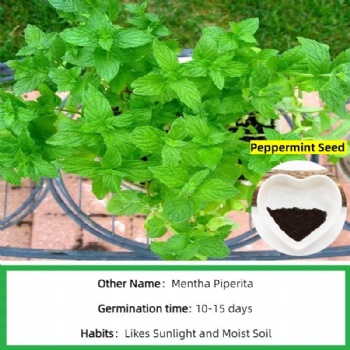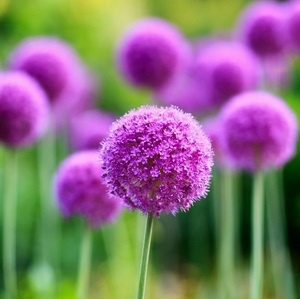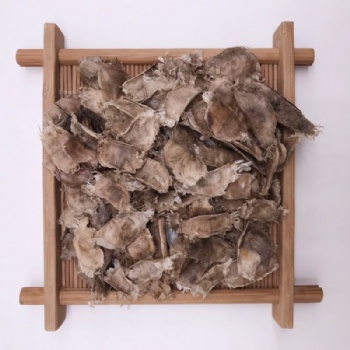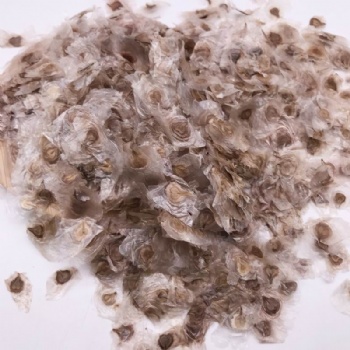News
Magnolia grandiflora
Magnolia Flower
Magnolias are a genus of about 210 to 340 species of flowering plants in the subfamily Magnolioideae of the family Magnoliaceae, native to North and South America, the Himalayas, and East Asia. They are highly valued for their large, fragrant, and beautiful flowers, which come in various colors such as white, pink, purple, green, or yellow.
Most magnolias are spreading evergreen or deciduous trees or shrubs. In deciduous species, the blooms often appear before the leaves in spring, creating a stunning visual effect. The flowers are usually cup-like or star-shaped, with 9-15 tepals in three or more whorls. They are hermaphroditic, with numerous adnate carpels and stamens arranged in a spiral fashion on the elongated receptacle.
Magnolias have a long history and are of great cultural significance in many countries. For example, in China, the magnolia is a famous flower and tree, and some species are the city flowers of certain cities, such as Shanghai. It has often been planted in ancient times in front of pavilions, terraces, towers, and pavilions for ornamental purposes or as street trees on both sides of the road. In addition to their ornamental value, magnolias also have certain medicinal value.

Magnolia Seeds
The fruit of the magnolia is a cone-like structure known as an aggregate of follicles, and each follicle bears a single seed. The seeds are usually reddish and often hang pendulously by slender threads. Magnolia seeds have several notable characteristics and play important roles in the life cycle and propagation of the plant.
Magnolia seeds are relatively large compared to those of many other plants. The size and shape of the seeds can vary among different magnolia species, but generally, they are oval or oblong. The outer seed coat is often hard and smooth, providing protection to the internal embryo and endosperm. This hard coating helps the seeds withstand harsh environmental conditions and mechanical damage.
One of the unique features of magnolia seeds is their method of dispersal. Some magnolia species rely on wind for seed dispersal. The seeds have structures that allow them to be easily carried by the wind over a certain distance, enabling the plant to colonize new areas. In addition to wind dispersal, some magnolia seeds may also be dispersed by animals. For example, certain birds or small mammals may eat the fruits of magnolias and then excrete the seeds in other places, facilitating the spread of the seeds.
Magnolia seeds also have specific germination requirements. They usually need a period of cold stratification to break dormancy and germinate successfully. This means that the seeds need to be exposed to cold temperatures for a certain period of time, mimicking the natural winter conditions. After stratification, the seeds are more likely to germinate when provided with suitable moisture, temperature, and light conditions.
In conclusion, magnolias and their seeds are both remarkable and important components of the plant kingdom. The beautiful magnolia flowers add charm and elegance to the natural environment and human landscapes, while the seeds play a crucial role in the reproduction and spread of these magnificent plants.

If you have demands of the seeds, please contact us freely.
Categories
Contact Us
- +86-18055849900
- +86-18055849900
- admin@high-key.cn
- +86-18055849900




 售前客服
售前客服
